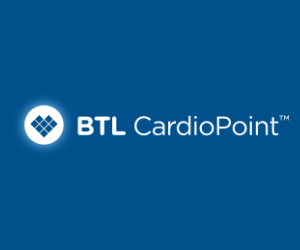Is monotherapy prevalent in patients with arterial hypertension?
Arterial hypertension is one of the most prevalent public health problems and the main risk factor for stroke, cardiovascular and renal diseases. Early detection of arterial hypertension and treatment aimed at achieving blood pressure control represents a challenge for family physicians. Aims: The aim was to determine the proportion of antihypertensive monotherapy in comparison with fixed combinations or combinations of two or more antihypertensive medications prescribed for blood pressure control in hypertensive patients with and those without comorbidities. Materials and methods: The study was carried out in a general practice office at the “Zagreb-Zapad“ Health Centre. Out of a total number of patients with arterial hypertension in 2008 and 2010, 292 were selected from the electronic patient medical database based on the availability of data on their age, prescribed antihypertensive therapy and comorbidities. Of these 292 patients, 195 had no other comorbidities, while 97 had a comorbid diabetes mellitus, cardiovascular, cerebrovascular or kidney disease. Results: In 2008, monotherapy was prescribed more frequently (29.5%) than fixed combinations (10.3%) or a combination of two or more antihypertensive medications (27.1%). In 2010, fixed combinations (28.1%) were prescribed more often than monotherapy (25.7%). Monotherapy was used in the treatment of patients with hypertension aged 40-59 years. In patients younger than 69 and those aged 70 or older, a combination of two or more medications was a predominant therapy, which is in line with the recommendations. Conclusion: Although there were fewer patients with hypertension receiving monotherapy, there was still an insufficient number of those treated with combined antihypertensive therapy according to the recommendations.
Key words:
antihypertensive agents; comorbidity; drug combinations; hypertension





